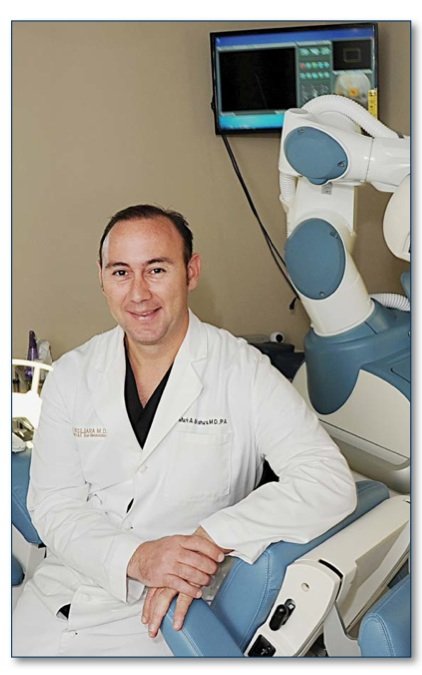A recent survey conducted by the International Society of Hair Restoration Surgery (ISHRS) showed that men and women around the world are seeking to correct hair loss while they’re younger rather than putting it off until later in life.
Since the ISHRS starting tracking data on hair restoration in 2004, the extrapolated worldwide volume of surgical hair restoration procedures performed from 2004 to 2012 increased 85 percent. What explains this tremendous increase in people seeking help for hair loss, even during tough economic times? We believe the unprecedented growth and increased popularity in hair restoration over the past decade can be directly attributed to the continual refinements and advances in this type of surgery – together with proven medical therapies – that produce natural-looking, permanent results.
Other key findings of the survey include:
- The number of women undergoing hair restoration surgery worldwide increased 20 percent from 2004 to 2012
- Patients aged 30 to 49 sought treatment for hair loss more than any other age group
- In 2012, ISHRS members chose John Mayer and Sofia Vergara as the celebrities with the best hair
Hair Loss Treatments
We offer a variety of hair loss treatments to suit our patients’ every need and busy lifestyles. Dr. Mark Bishara stays current with the latest in hair restoration technology to offer you the most effective solutions and help you reach your aesthetic goals. With solutions ranging from non-surgical treatments to more in-depth procedures like a hair transplant, you can reverse the effects of hair loss and achieve the look you desire. To learn more about our treatment options, or to set up a consultation with our skilled and experienced hair restoration surgeon.
Hair Transplantation
During a hair transplant, hair is redistributed from fuller areas of the head, typically the sides and back of the head, to the balding or thinning areas. These grafts are placed to create a natural appearing result. The new hair follicles act as your normal hair, growing at the same rate as the rest of the area. The procedure can help you achieve a fuller head of hair and the results are permanent.
The ARTAS® Robotic System

The ARTAS® Robotic System is a highly advanced surgical device used to harvest follicular unit grafts. It contains infrared cameras as well as state-of-the-art software to provide accurate follicle information for the most precise and efficient hair restoration surgery. ARTAS incorporates a number of elements in its operation, including an image-guided robotic arm and special imaging technologies that co-ordinate together for the purpose of implementing the “follicular unit extraction (FUE)” technique upon the recipient of the system. This procedure is available for both men AND women.
In our practice, we offer patients some of the latest techniques in hair restoration surgery and proven medical treatments that can help men and women permanently restore thinning hair. If you are interested in hair restoration treatments, including ARTAS robotic hair transplants, and the latest treatment options, we would be happy to speak with you or invite you for a consult at our office. Please call our office at (817) 473-2120, visit our website at www.MarkBisharaMD.com.










